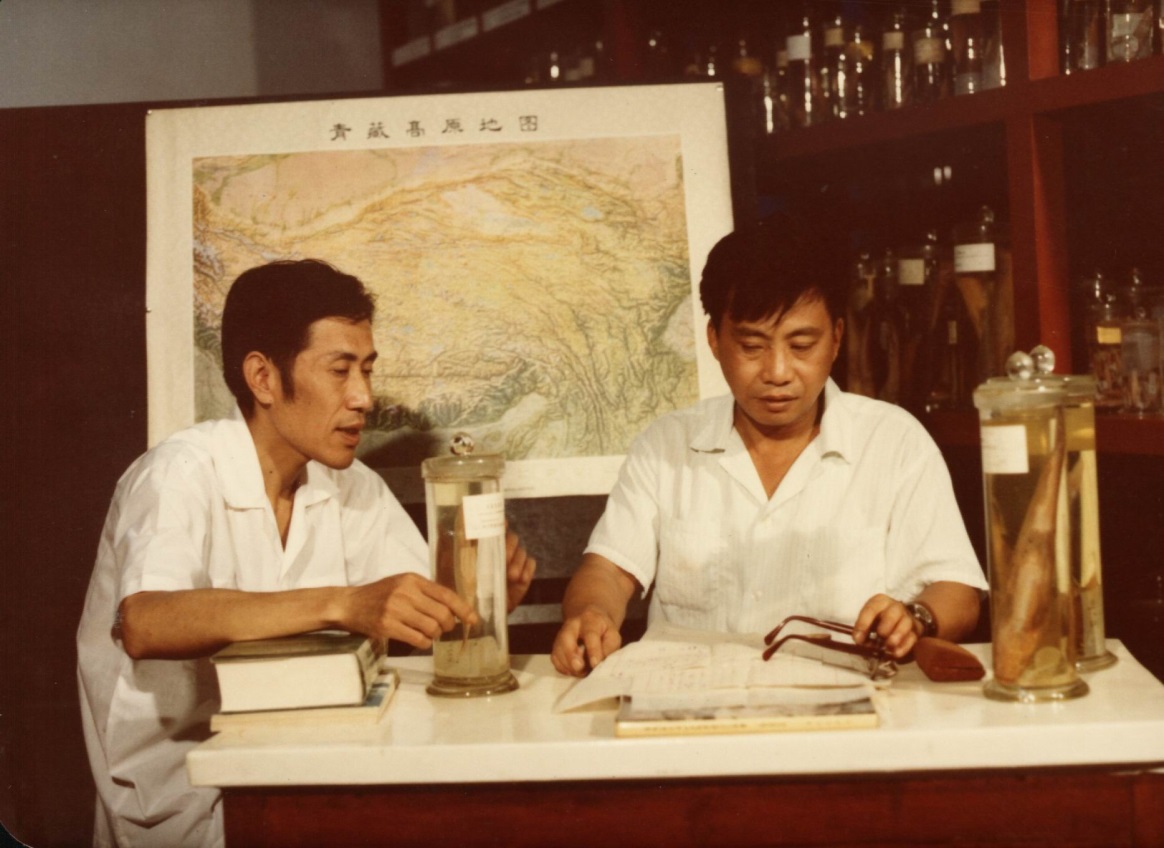
Research
Tibetan Plateau Scientific Expedition and Research

In 1974, IHB researchers participated in the scientific expedition of the Yarlung Zangbo Grand Canyon in Tibet. (Credit: IHB)
IHB researchers have participated in the Tibetan Plateau Scientific Expedition and Research for multiple times. The Triplophysa stoliczkae, captured by IHB researchers at an altitude of 5,200 meters, is the fish species with the world’s highest distribution and has been widely cited in ichthyology textbooks. IHB researchers also proposed the innovative assumption that the Qinghai-Tibetan Plateau had undergone three major rise phases with alternation between violent uplift and relatively stable stage since the late Tertiary based on the origin and evolution of Schizothoracine fishes, when there was still a lack of in-depth knowledge on the rise history of the Qinghai-Tibetan Plateau. This assumption was subsequently verified by the findings from geologist. IHB’s relevant achievements were awarded with the special prize of the 1986 CAS S&T Progress Award, and first prize of the 1989 Natural Science Award presented by the State Scientific and Technological Commission (predecessor of the Ministry of Science and Technology).

Prof. CAO Wenxuan (right) and Prof. CHEN Yiyu discussed the origin and evolution of Schizothoracinae in relation to the uplift of the Qinghai-Tibetan Plateau. (Credit: IHB)
File Download: